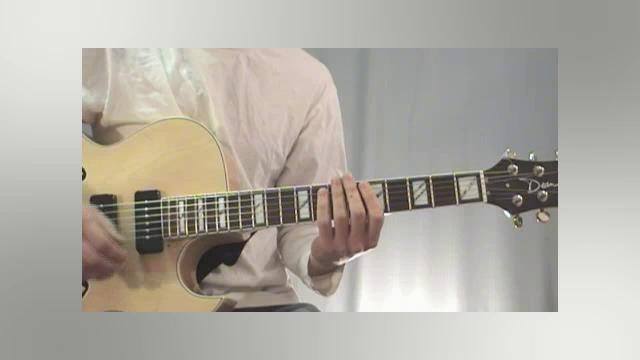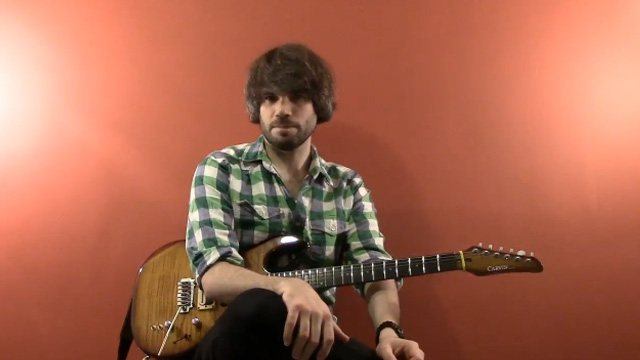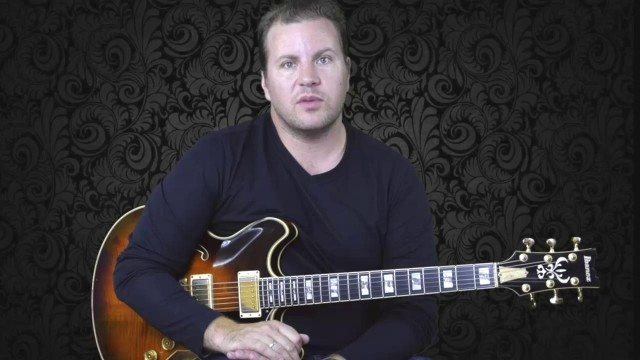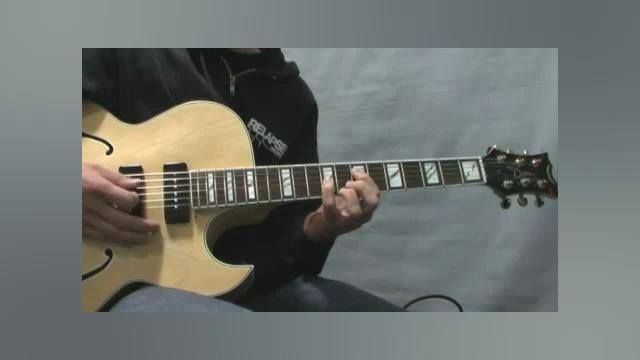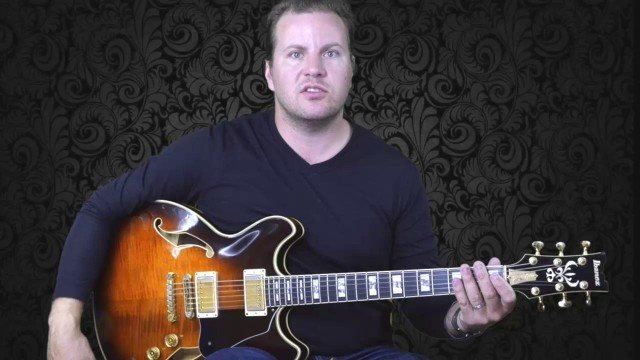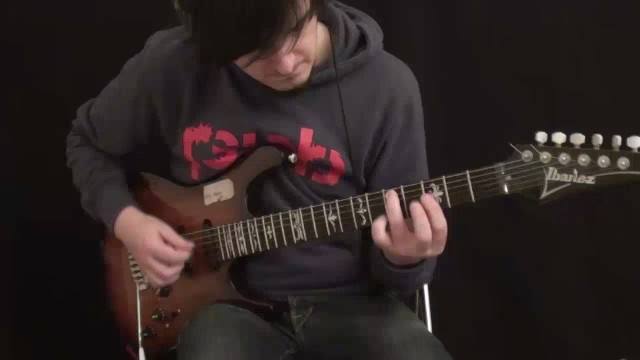For our final tri-tone substitution, A7 will become Eb7.
We identify the 5th of A7: A C# (E) G. Lower it by a half step. Eb
Build a new Dominant7 chord from Eb. Eb7 = Eb G Bb Db
Once again you will see that the 3rd and 7th of both these chords are the same, simply inverted. Eb7 moving into D7 will sound just as nice as Eb7 to Ab7 (the tri-tone of D7) because of the consistent functionality between the 3rd and 7th of these chords.
=================
This concludes our chord substitution tutorial for the short term. I will be back shortly with a range of new interesting ways we can uses these concepts in our accompaniment and improvisations. For now though, I wish to set you some homework.
We began with the simple I Vi ii V progression of:
Cmaj7 - Am7 - Dm7 - G7.
Then we cycled through it and made Cmaj7 an Em7 the second time around, also making chord Vi and ii dominant chords.
Cmaj7 - Am7 - Dm7 - G7 - Em7 - A7 - D7 - G7 - Cmaj7.
Then of course we applied the tri-tone substitutions.
What I would like you to do now is create some of your own variations on these substitutions. Such as this one:
Cmaj7 - Am7 - Dm7 - G7 - (Em7) - (Eb7) - Dm7 - (Db7).
This variation included our minor substitution, playing Cmaj7 as Em7, as well as Eb7 in place of A7 and Db7 in place of G7.
Or this:
Cmaj7 - A7 - (Ab7) - G7 - (Em7) - Am7 - (Ab7) - (Db7) - Cmaj7.
Here we have used a number of subs.
Ab7 in place of D7.
Em7 in place of Cmaj7 the second time around.
Ab7 again in place of D7.
Db7 in place of G7 as a final resolution to Cmaj7.
There are endless variations on this progression, and we have only scratched the surface. For the time being though, see if you can come up with 2 new variations on this progression, using the substitutions we have discussed so far.








